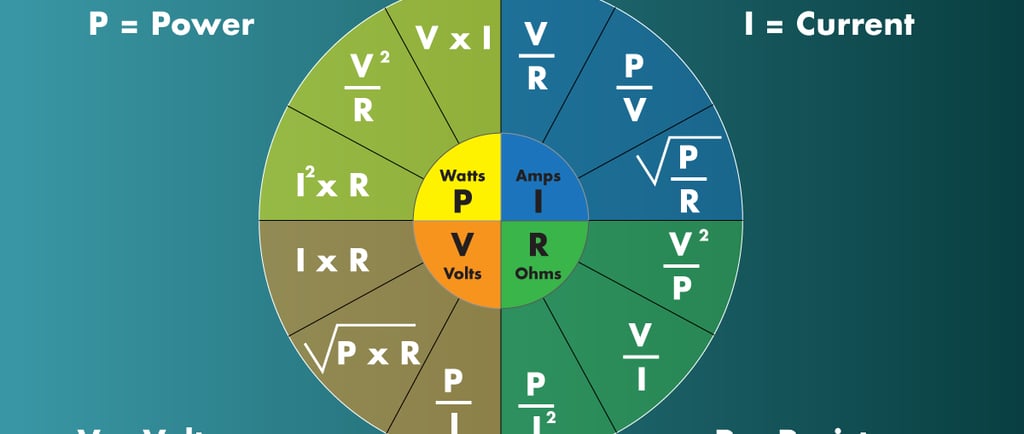Understanding the Difference Between Voltage and Ampere
1/24/20252 min read


Introduction to Voltage and Ampere
In the realm of electricity, two fundamental concepts often arise: voltage and ampere. Although frequently used interchangeably, these terms represent distinct electrical properties that are crucial for anyone looking to understand electrical systems. This blog post seeks to clarify the differences between voltage and ampere while highlighting their significance in the field of electricity.
Defining Voltage
Voltage, often referred to as electric potential difference, is the measure of how much potential energy exists to move electric charges within a circuit. It is measured in volts (V). Essentially, voltage is what pushes electric current through a conductor. It can be compared to the pressure in a water system; just like high pressure can drive water through a pipe, higher voltage can drive more current through electrical circuits.
Understanding Ampere
Ampere, commonly known as an amp, measures the flow of electric charge in a circuit. One ampere is defined as one coulomb of charge moving past a point in a circuit per second. To visualize this, consider the flow of water again: if voltage is the pressure pushing the water, then the ampere is likened to the volume of water flowing through the hose at any given time. Therefore, while voltage signifies the cause or driving force behind the flow, amperage represents the effect or the flow itself.
The Interrelationship Between Voltage and Ampere
While voltage and ampere serve different roles, they are interconnected through Ohm's Law, which states that the current (measured in amperes) in a circuit is directly proportional to the voltage applied and inversely proportional to the resistance (measured in ohms) in the circuit. The formula is expressed as I = V/R, where I is current (in amperes), V is voltage (in volts), and R is resistance (in ohms). Understanding this relationship is crucial for electrical engineering and when designing circuits.
Conclusion
In summary, the difference between voltage and ampere is significant in the study and application of electricity. Voltage represents the electric potential that drives current through a circuit, while amperes denote the actual flow of that current. By grasping these concepts and their interrelation, individuals can better understand the operation of electrical systems and apply this knowledge effectively in various practical scenarios.
Support
Ask questions and share truck repair tips.
Connect
© 2025. All rights reserved.
